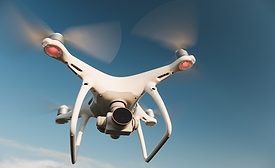Web Exclusive Stories
7 ways to ensure proper security entrance selection
Making the right decision on your organization’s secured entrance is good for security and your bottom line.
March 9, 2021
Sign-up to receive top management & result-driven techniques in the industry.
Join over 20,000+ industry leaders who receive our premium content.
SIGN UP TODAY!Copyright ©2024. All Rights Reserved BNP Media.
Design, CMS, Hosting & Web Development :: ePublishing

















